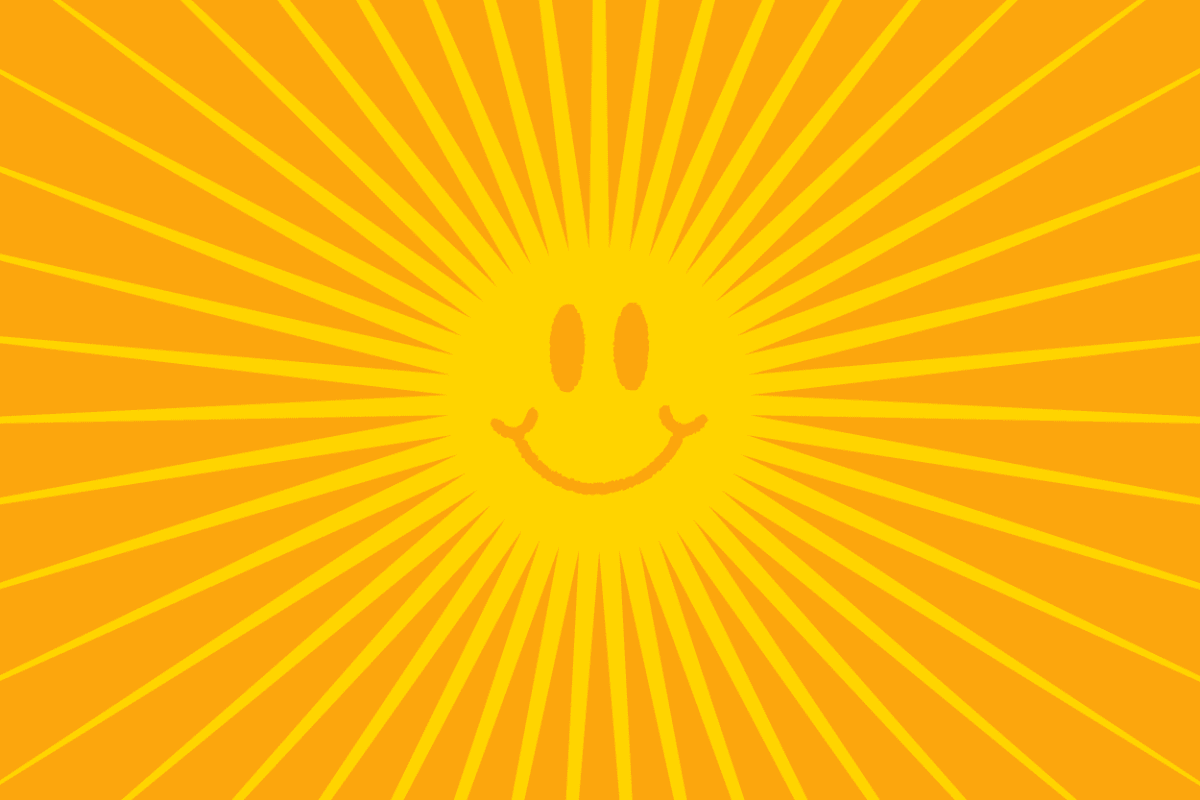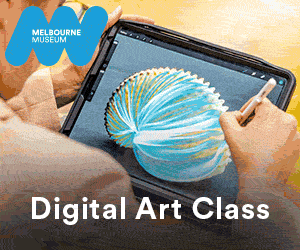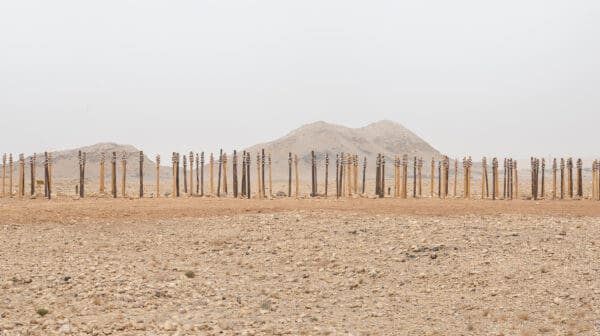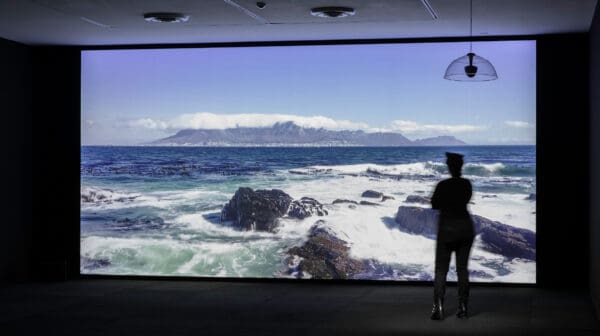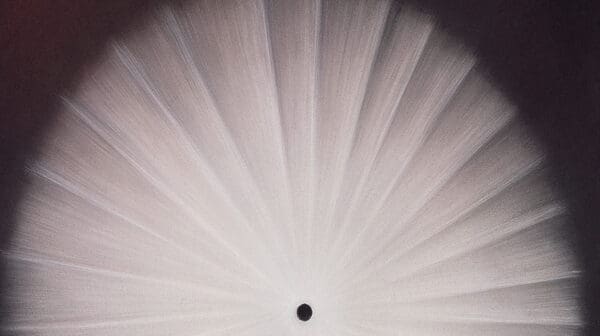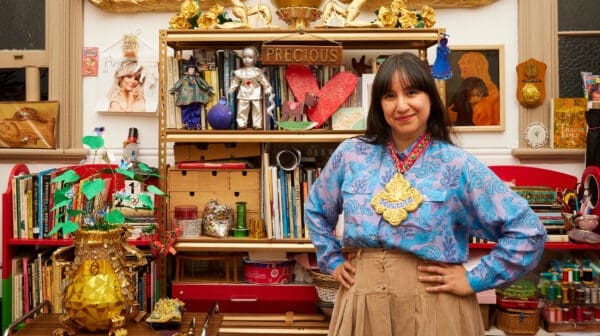Dear 2022, I don’t want to write any more essays about the pandemic.
Signed, Sophia Cai.
At the end of 2020, I decided I would no longer write any more essays about art during the pandemic. Having just finished a major commission for an international digital Covid-19 art project, I had run out of energy and words to describe the ‘unprecedented times’ and the ‘new normal’. Whether it was stubbornness, denial, misplaced optimism, or a mix of all three, I thought that making this decision would be easy. At the time, many of us were all hopeful that the worst was behind us, and that 2021 would be a better year than 2020. How wrong we were.
So here I am at the end of 2021, again writing about art over another pandemic year. A year that was, in many respects, more challenging than the one that came before. Challenging because it promised better, but offered so little. A year that was marked by abrupt starts and abrupt pauses, until the monotony of everyday life no longer held the quiet comfort it once did. I had a Zoom birthday party for 2020, when the novelty of it still seemed fresh; by the beginning of my 32nd year in 2021, I didn’t even bother. If I truly loved my friends, I thought, I wouldn’t subject them to another unnecessary online meeting.
This time last year I wrote a hopeful piece for Art Guide about the ordinariness of art in the everyday, of reimagining art as a fundamental way of experiencing human life that is as necessary as living, breathing, and loving. While I still believe in these words, I’m not sure I could write such an essay today quite so easily. Reflecting back on the last two years, it is easy to feel pessimistic. It’s also particularly easy to be bitter and mournful, as we wrangle with profound loss: not only of loved ones, but of lost chances, lost relationships, lost dreams, lost time, and more.
In the visual arts, I see this loss playing out in a number of ways. For many artists, this period of forced closure has afforded possibilities to create more and to adapt artistic practices to new outcomes and forms. Art making can act as a salve, and the compulsion to create can offer comfort and consistency during uncertain times. While teaching Zoom classes to my arts students, a number share with me how their artistic practice takes the form of whatever they can get their hands on at home. Small works, we joke, are the way to go.
On the flipside, however, are artists who have stopped making art or are on an indefinite hiatus. Burnout, anxiety, depression and financial worries can take a deep physical and emotional toll on the body, and when daily survival feels like a struggle, creative dreams are harder to chase. Relentless casualisation and the conditions of insecure work, accompanied by a capitalistic drive to ‘keep going’ even during a pandemic, does not make this easier. On Sunday nights while doom scrolling the news and reading about ‘the Great Resignation’, where frontline workers to executives are ditching their current jobs for a better work-life balance, I wonder what one can do when you are employed as a sole trader (as most artists are) and you have nowhere to resign from.
For the first time in my life, I don’t feel excited about art. At my first exhibition opening since emerging out of lockdown, I rushed home within five minutes as I felt the familiar signs of an impending panic attack. As the end of the year approaches, and galleries and museums are finally programming their long-delayed exhibitions, I tell myself that it’s okay not to participate in this ‘return to normal’. That everyone’s work and approach will look different, and that, as of the time writing, we don’t yet know what 2022 will bring.
I think back to a conversation I had with a friend a few years ago (in the ‘pre-times’, as I’ve taken to calling it), where I told her, with no irony in my voice, that I believe all art making is an optimistic pursuit. I believe this because when you are making something from nothing, the act of creation adds something new to the world—whether it is intended with a positive meaning or not. In my 32 years of life, I have never lost my belief in the magical powers of art—to add something of value to this world, even if briefly.
But optimism can only get you so far if you do not have the capacity or resources to support these expressions. Looking towards 2022, I can only be cautiously optimistic that we all recognise how important art is to healing, but that we should never take for granted how difficult it is to make art, let alone during a global pandemic. My main take away from the last two years has not changed: art is essential, but for it to exist, we must support artists and improve their conditions of living, and their capacities to keep creating going forward.
And please, Sophia, no more pandemic essays. (I’m looking at you, omicron variant).





